Qualcomm being the only company allowed to sell 4G SOCs to Huawei was a bullshit move in the first place.
The only reason Qualcomm sold so many to Huawei was because the US blocked Mediatek and UNISOC. The US government never gave a legitimate reason why they never granted permission to the competition that applied to supply Huawei.
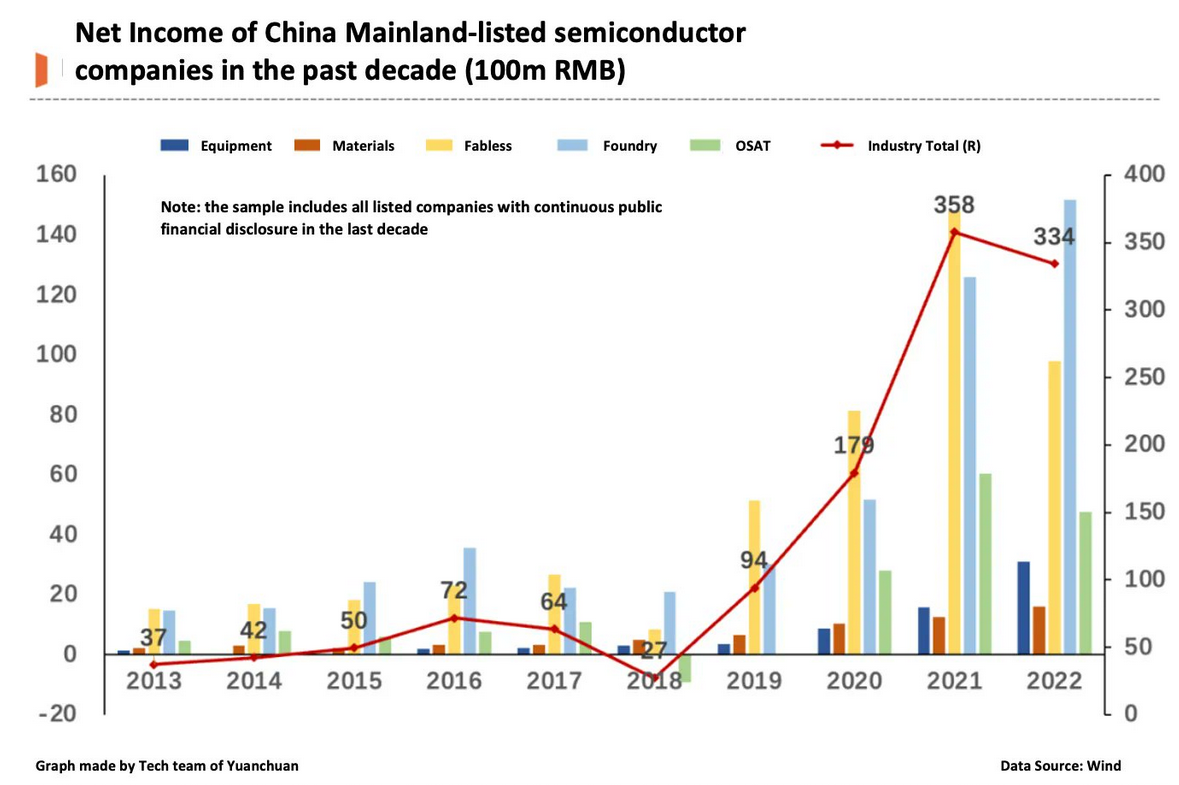
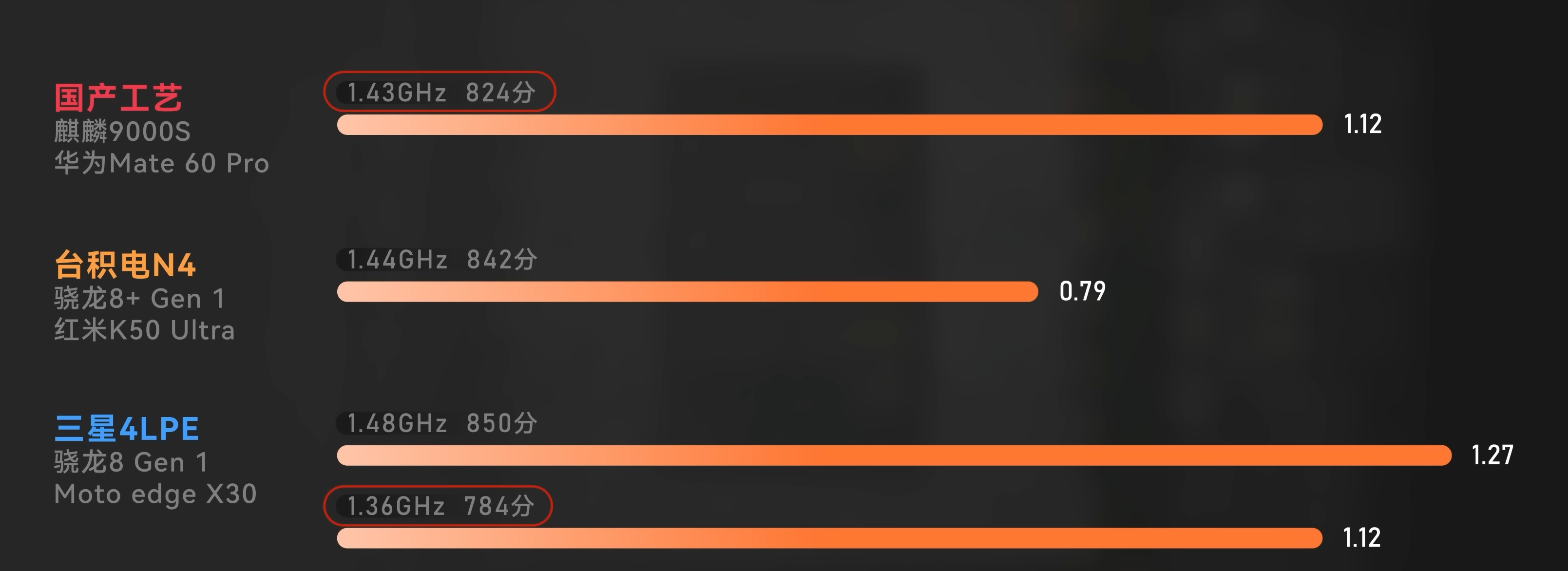
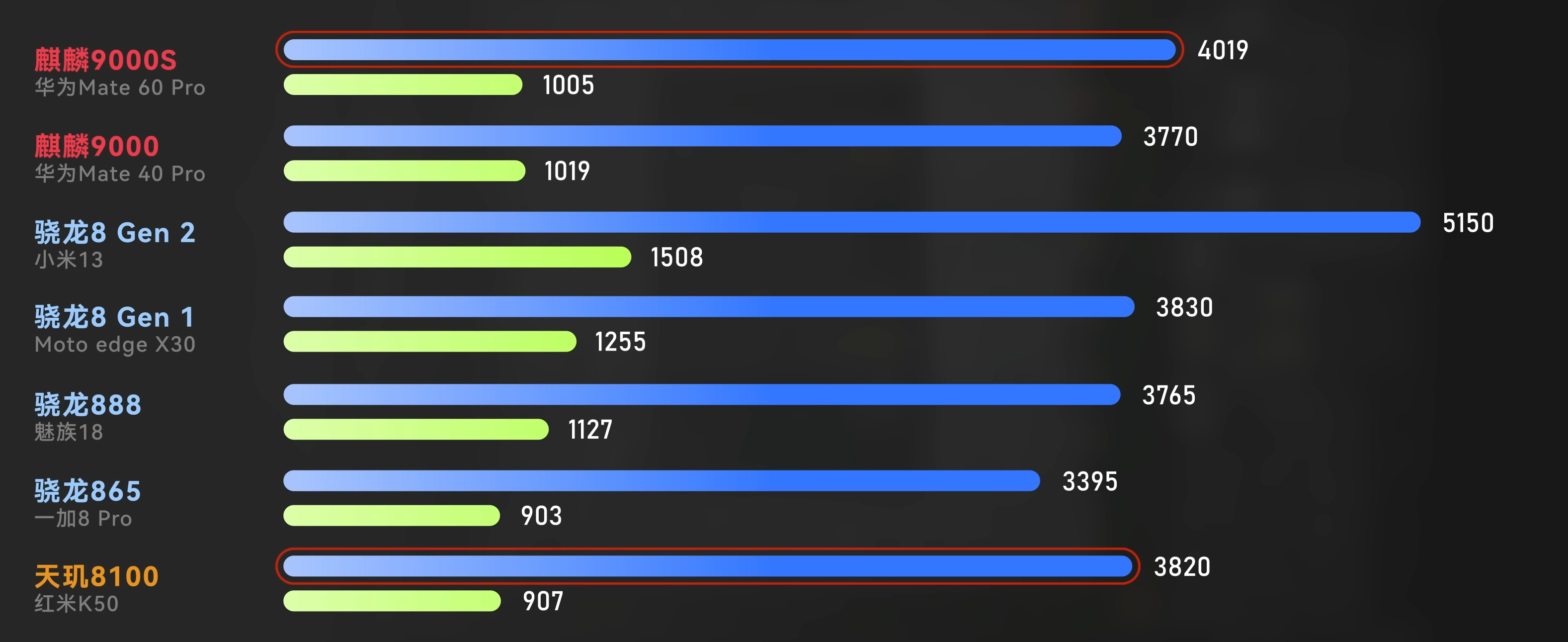
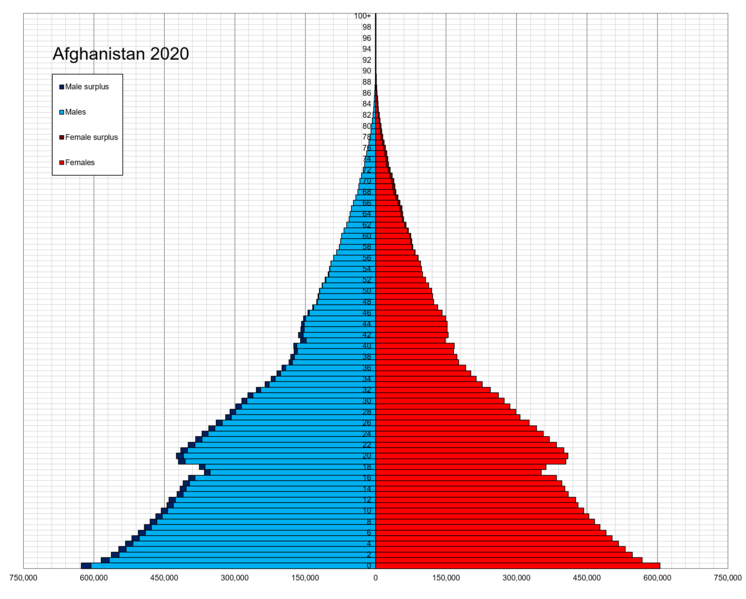
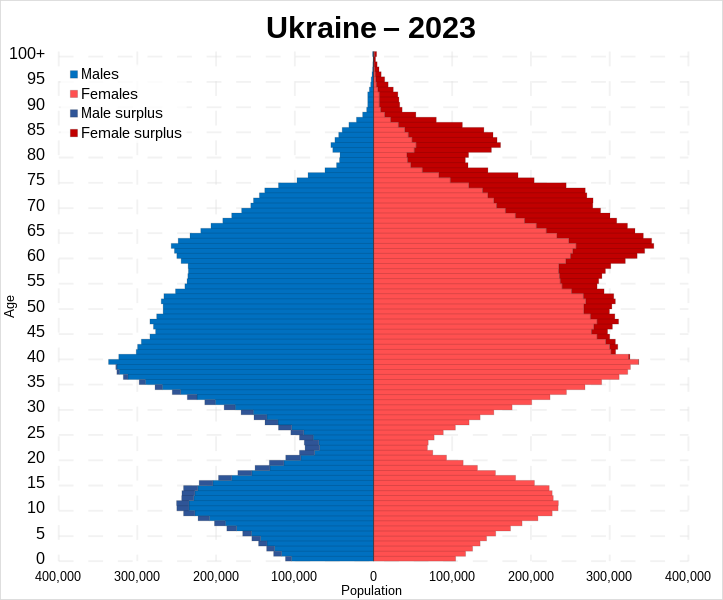

Neoliberals will do anything to downplay or outright deny any historical incident where import substitution lead to industrialization. Creating captive markets for the dumping of manufactured products was one of the prime drivers of colonialism, which continued under neocolonialism. With sanctions, the US is unintentionally undermining their own hegemony. Businesses like having access to markets and moats. They are giving moats to one side and stripping access to the other.
Sanctions will do for Chinese chip makers what the great firewall did for Chinese internet giants.
Seeing /u/dylan522p acknowledge reality somewhat is refreshing although the conclusion is the predictable “Washington is just sanctioning wrong, if they followed my foolproof sanction regime it would magically work”. Liberals attacking him for this article is quite hilarious. They’re really intolerant of even the slightest deviation from US state department rhetoric.